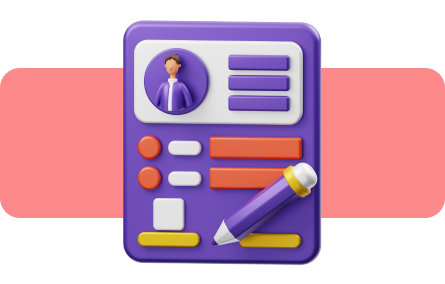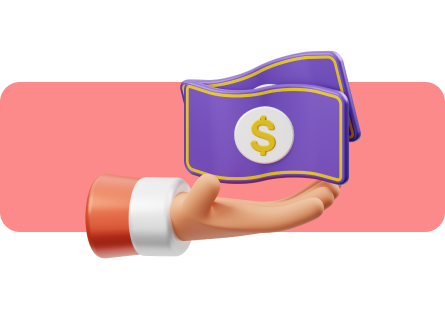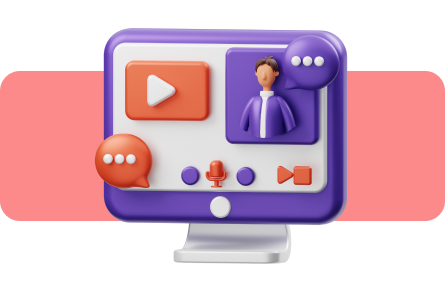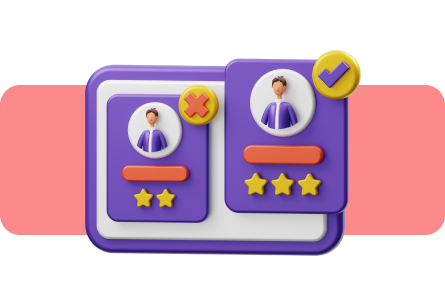Tips On How To Hire An XR Designer
1️⃣ Evaluate technical skills and experience.
🌟 An XR designer should have a strong foundation in 3D modelling, animation, and interactive design. Evaluate their proficiency in design tools like Unity3D, Unreal Engine, Blender, or Maya. Look for candidates with relevant experience working on projects similar to yours, as it demonstrates their ability to handle the challenges specific to your industry.
2️⃣ Assess creativity and innovation.
🗝 An XR designer should have a creative and innovative mindset, as XR design involves pushing the boundaries of what is possible in digital experiences.
🌟 Assess the candidate’s ability to develop unique ideas, think outside the box, and create engaging and memorable user experiences. Look for indicators of their creativity, such as participation in design competitions or contributions to open-source projects.
3️⃣ Review their portfolio and projects.
🗝 Request candidates to provide their portfolio or samples of their previous work. Examine their projects for design quality, interactivity, and user experience. Consider the diversity of their portfolio, such as designing for different genres, industries, and user groups.
4️⃣ Look for collaborative and communication skills.
🌟 While technical expertise is crucial, effective communication and collaboration skills are equally important for a successful collaboration. Assess the candidate’s ability to explain complex design concepts clearly and concisely.
🗝 Look for indicators of their collaboration skills, such as experience working in cross-functional teams or participating in collaborative design projects. A good XR designer should be able to work seamlessly with developers, project managers, and other team members.
5️⃣ Conduct design challenges.
🌟 Consider conducting design challenges or task-based assessments to gauge the candidate’s design skills and problem-solving abilities. These challenges can help you evaluate their creative approach, design thinking, and ability to work under pressure.
... See MoreSee Less














